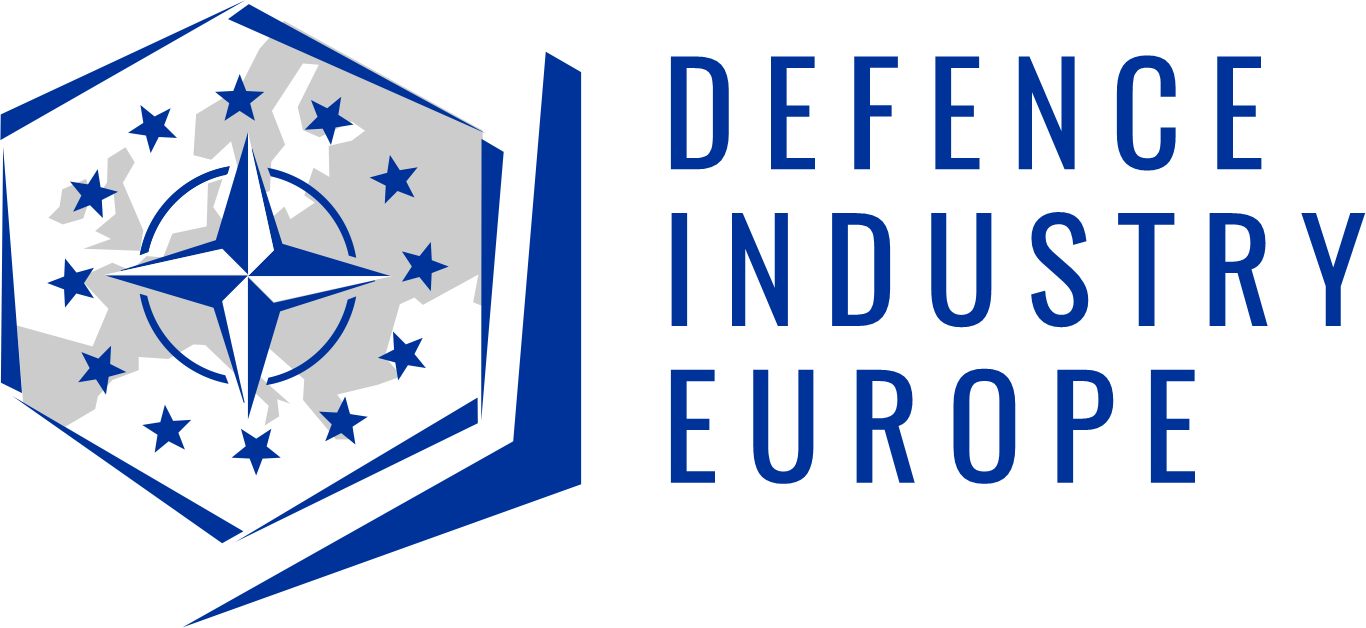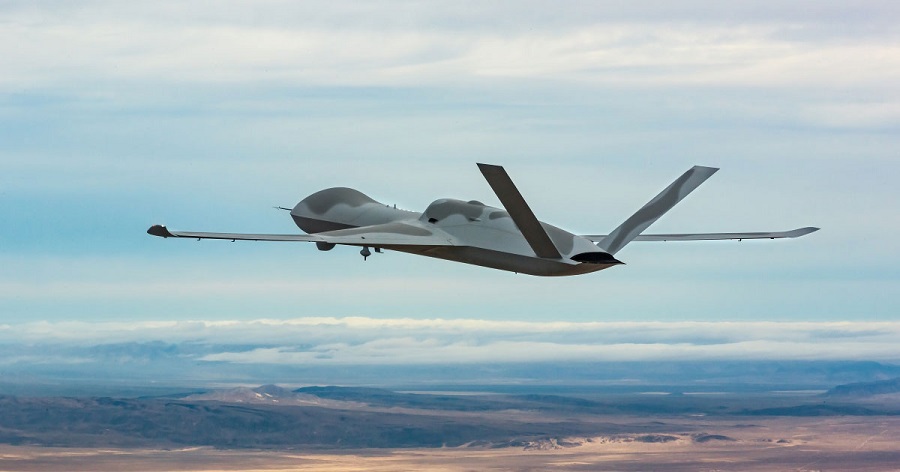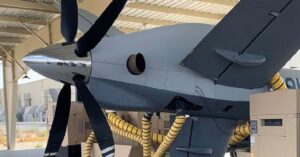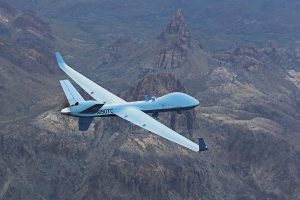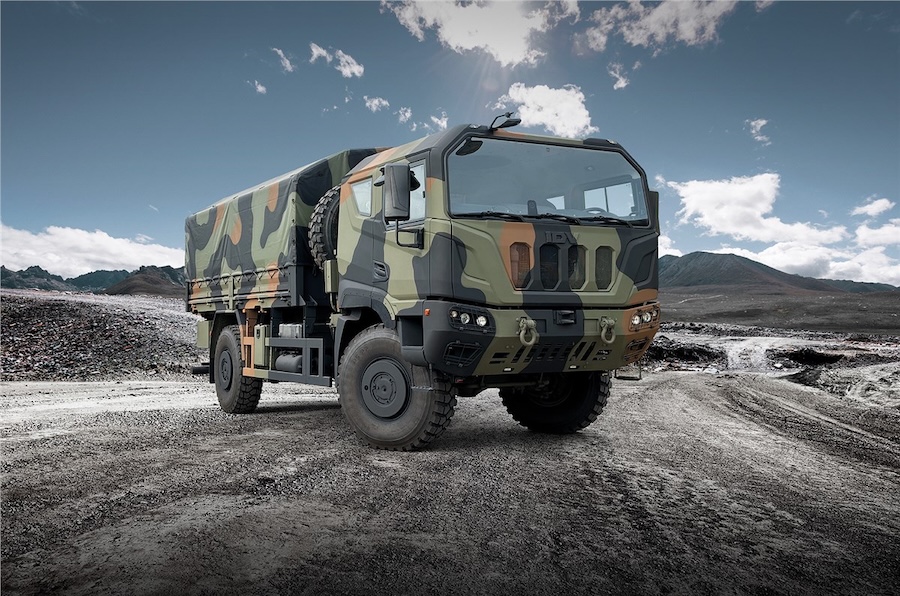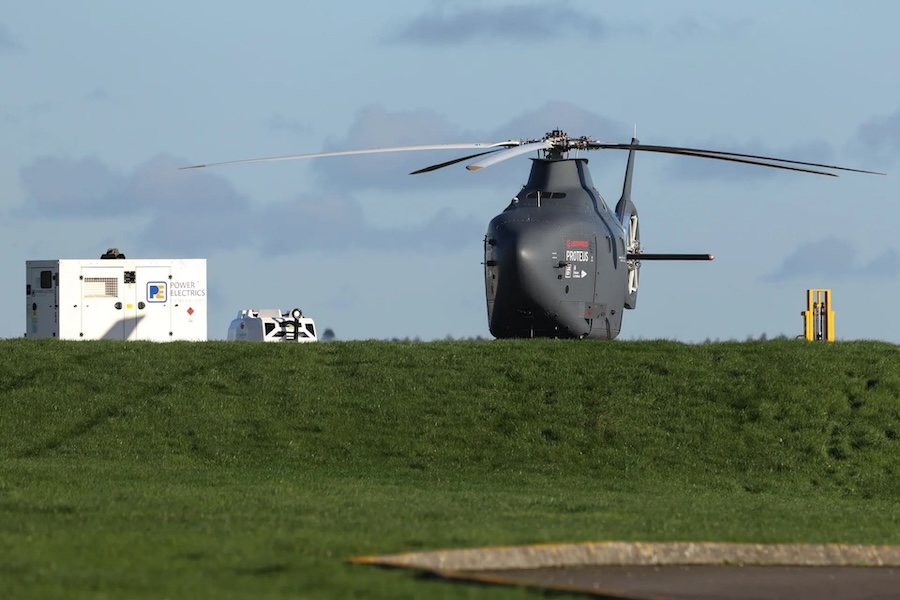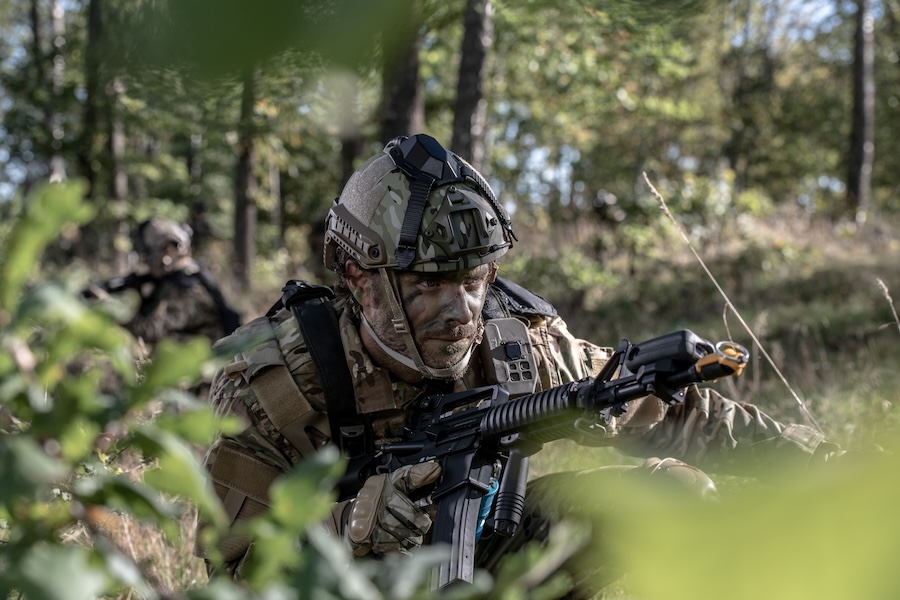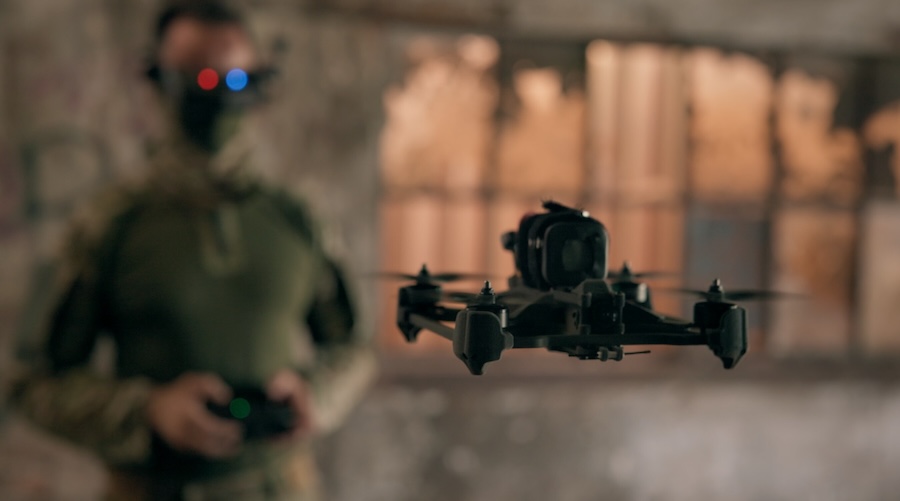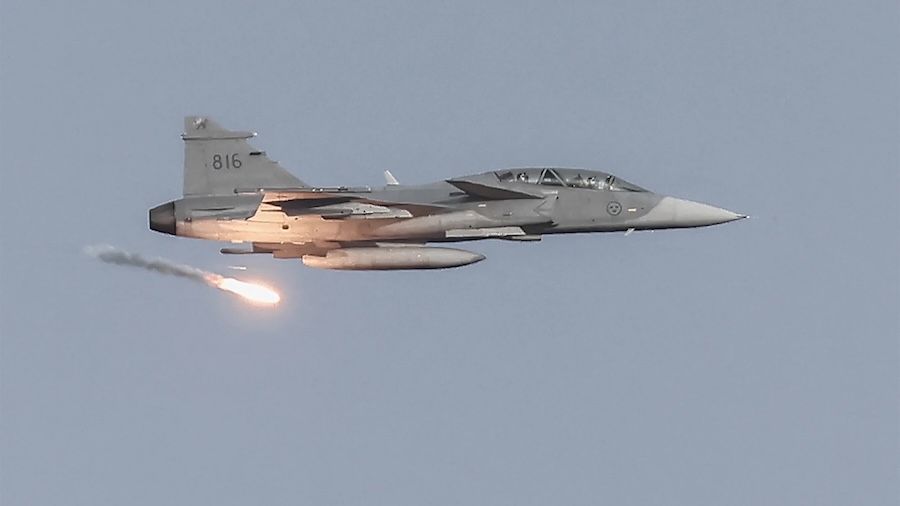The test featured the MQ-20 Avenger, an unmanned jet operated by GA-ASI, equipped with the latest government reference autonomy software. The aircraft demonstrated multiple capabilities, including station-keeping with other real aircraft, patrolling a simulated combat zone, autonomous decision-making, and intercepting two live targets.
A key milestone was the successful execution of a simulated missile strike against the targets, marking a significant step forward in unmanned aerial vehicle (UAV) autonomy. The event used representative Group 5 UAVs and demonstrated the maturity of autonomous systems for future military platforms.
“This event reflects the kind of interoperability and adaptability we believe is essential for future autonomy efforts,” said Michael Atwood, Vice President of Advanced Programs at GA-ASI. “Being able to rapidly integrate and test autonomy elements from multiple vendors helps ensure the most effective capabilities are available to the warfighter, regardless of origin.”
One notable aspect of the demonstration was the mid-flight transition from the government-supplied software to Shield AI’s Hivemind autonomy system. This transition occurred without disrupting the aircraft’s stability or mission continuity, highlighting the advantages of using standardised reference architectures.
The successful switch between different software platforms reinforces the concept of a flexible autonomy “app store”. This approach supports modularity, vendor diversity, and faster deployment of new features, mirroring the adaptability seen in commercial technology development.
GA-ASI’s latest demonstration is part of a broader effort to validate the benefits of open architecture systems for autonomous military aviation. The test on 11 June confirmed how reference architectures can reduce integration time, avoid dependency on a single vendor, and enable scalable solutions tailored to evolving mission requirements.



